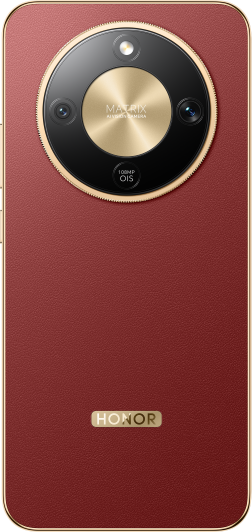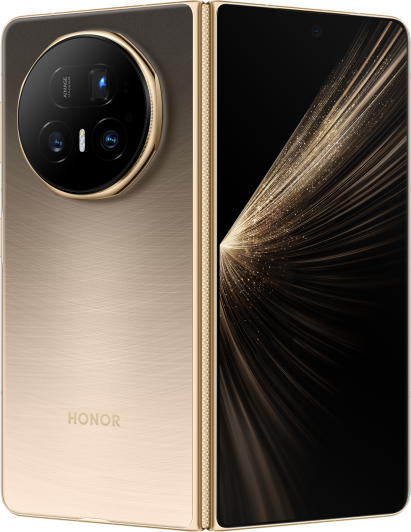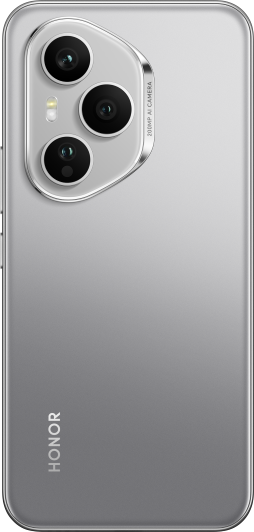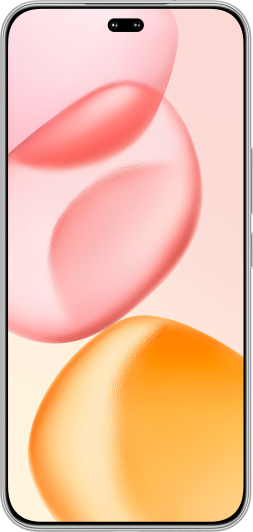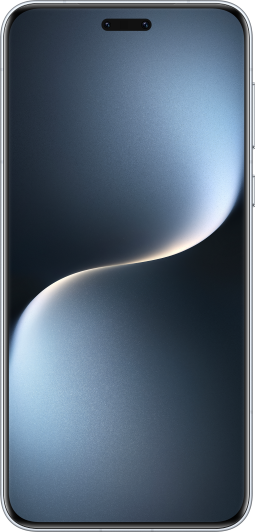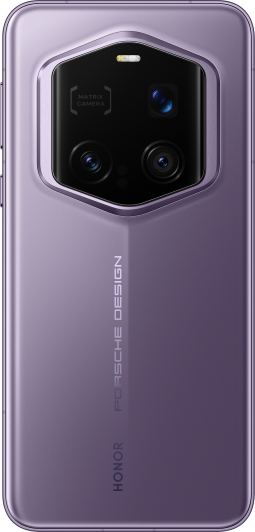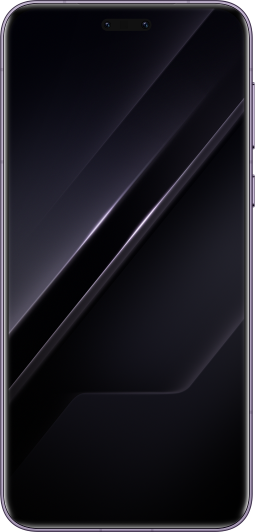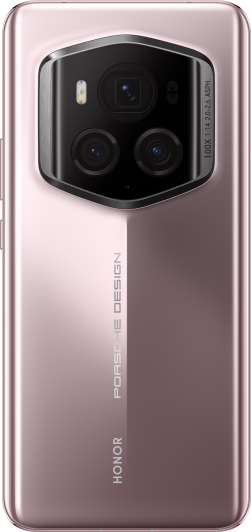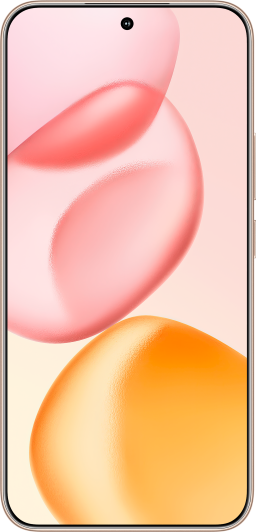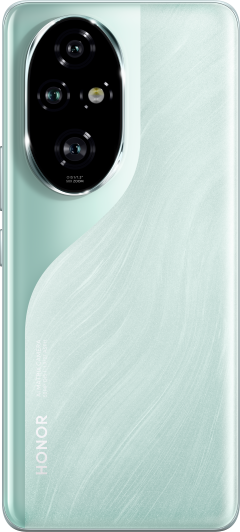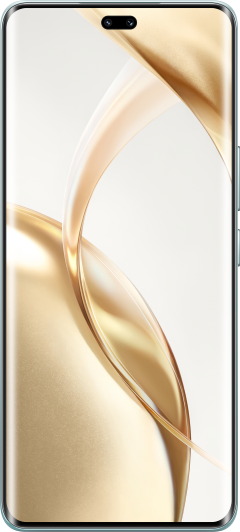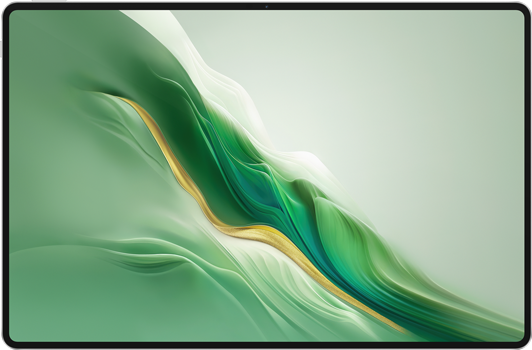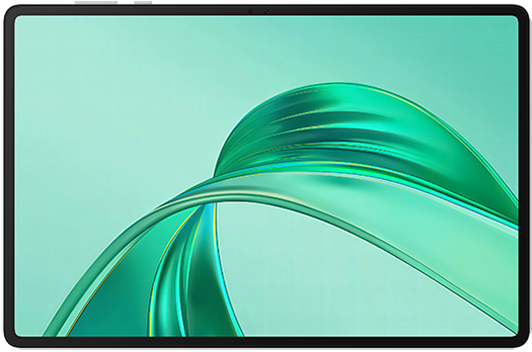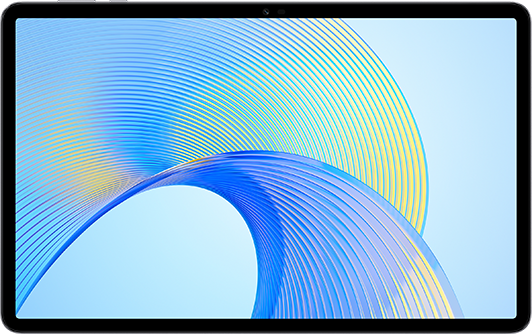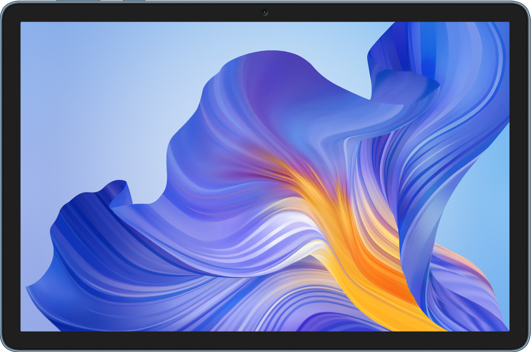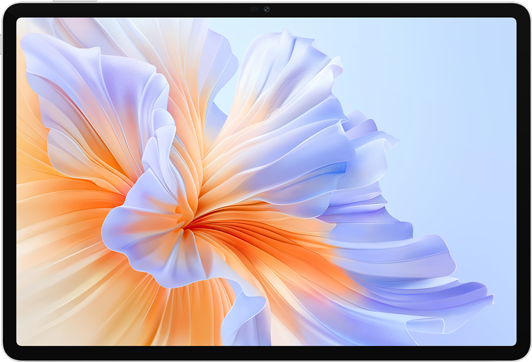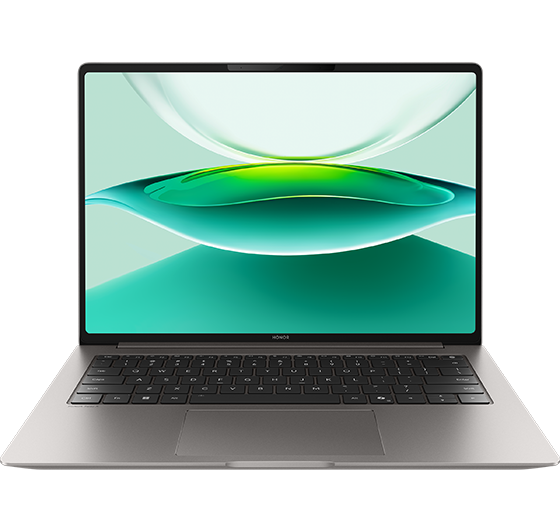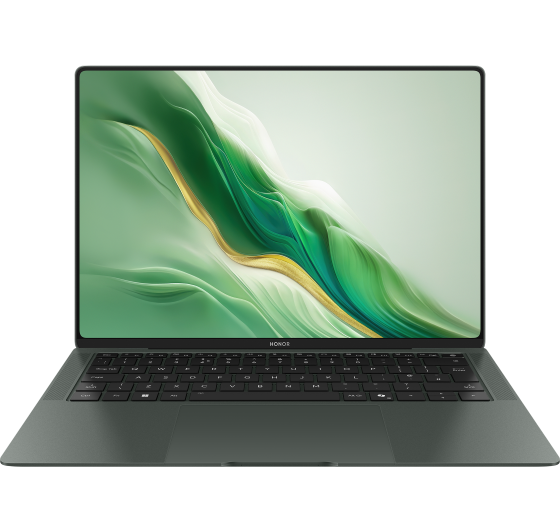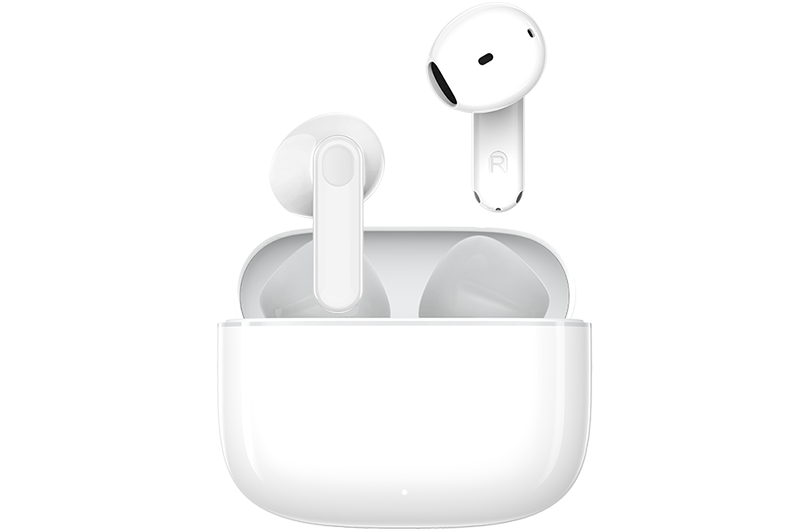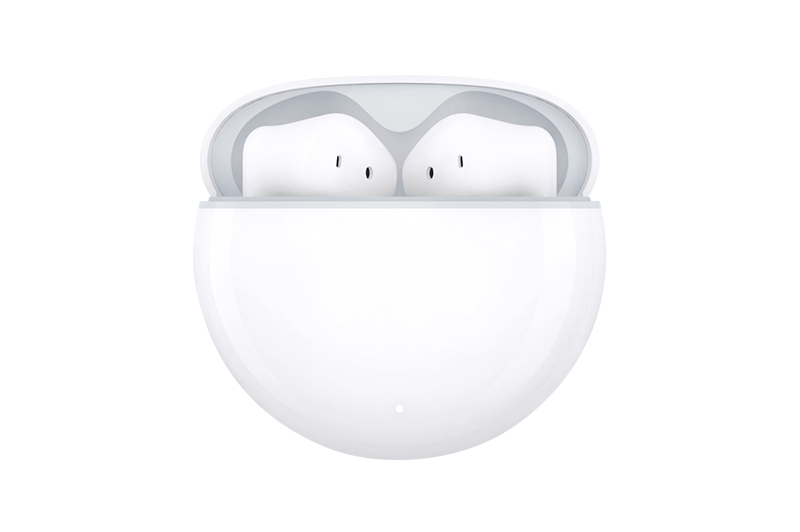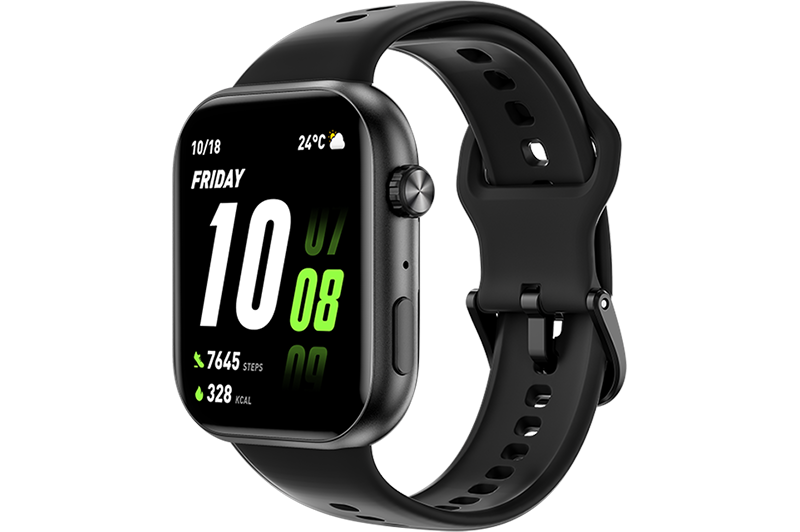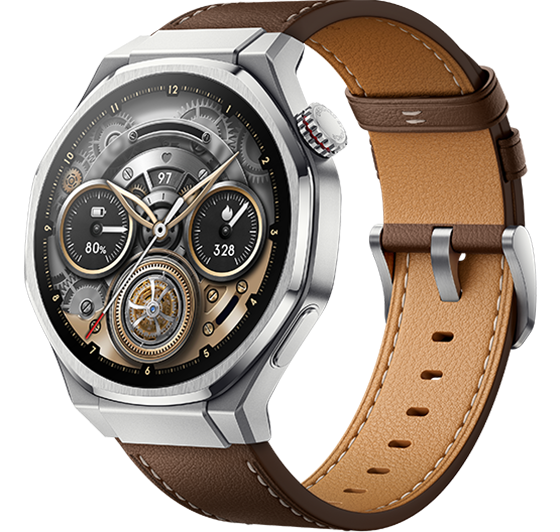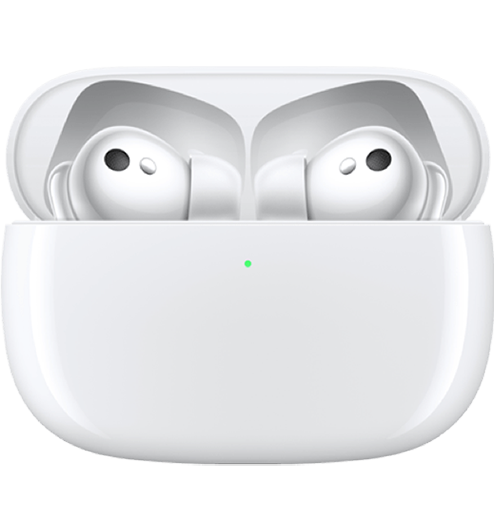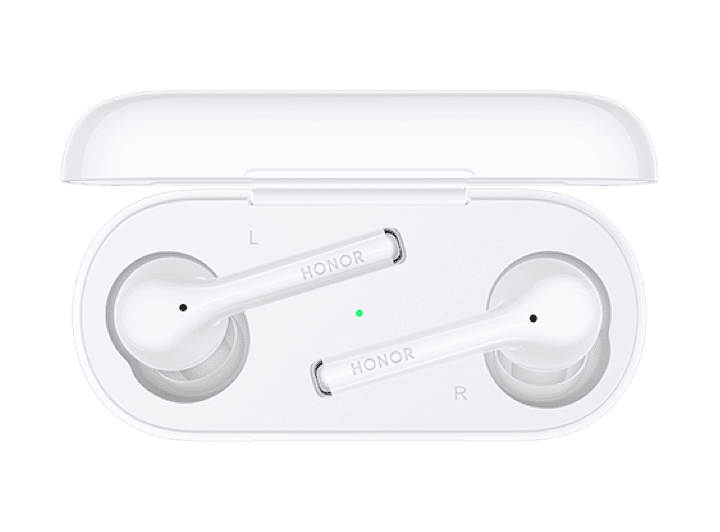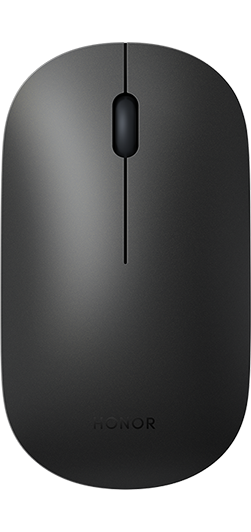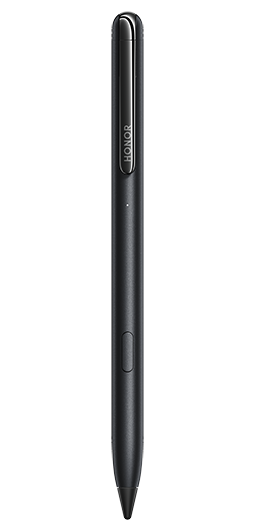TOP
Shop

我的荣耀 开启荣耀之旅
To log in to your account, you must first agree to the HONOR PLATFORM TERMS OF USE and HONOR Platform Privacy Statement . If you do not agree, you may only browse the site as a guest.
*You can unsubscribe at any time, Please see our Privacy Statement for details.

How Long Can I Record a Video on My Phone? Limits Explained
Table of Contents
・What Affects Recording Time on Your Phone
・Estimating Recording Time by Different Recording Settings
・Tips to Maximise Your Recording Duration
・Conclusion
・FAQs
Wondering how long can I record a video on my phone? The answer depends on several factors, from resolution settings and storage space to battery life and your phone’s thermal limits. If you’ve ever had a recording cut off right in the middle of something important, you know how frustrating it can be. This guide will break down what really affects recording time, show you how to estimate it based on your settings, and share simple ways to make your phone record for as long as possible.
What Affects Recording Time on Your Phone
The answer to “How long can an Android phone record video?” really depends. When you hit record, your phone has to balance storage space, power, and performance. A few key factors decide whether you’ll get hours of footage or just a few minutes:
Resolution and frame rate
If you want to know how long you can record video on an Android phone, it helps to first understand resolution and frame rate. Most modern Android devices, including HONOR Phones, now support 4K recording on both front and rear cameras.
Higher resolution (e.g., 4K vs. 1080p) and higher frame rates (60fps vs. 30fps) create more detailed, smoother video, but they also push up the bitrate. A higher bitrate means each minute of video eats more storage.
Here’s a look at typical file sizes per minute when using the common H.264 (SDR) format:
Setting |
Bitrate (avg) |
File Size / min |
≈ Minutes / 1 GB |
720p @ 30fps |
~8 Mb/s |
~60 MB |
~17 |
1080p @ 30fps |
~16 Mb/s |
~120 MB |
~8 |
4K @ 30fps |
~40 Mb/s |
~300 MB |
~3 |
8K @ 30fps |
~80–100 Mb/s |
~600–750 MB |
~1.3–1.7 |
Higher frame rates like 60fps use proportionally more storage. So, if you ask, how long can a phone record video, the answer varies dramatically based on your recording settings.
Available storage space
Your phone’s internal storage is one of the most significant limitations. As you can see, video files, especially in 4K or high frame rate formats, are large. For example:
● 1080p at 30fps can take up about 120 MB per minute
● 4K at 60fps can consume up to 450 MB per minute or more
So, how long can a phone record video? If you have 10GB free, that’s roughly 20–30 minutes of 4K recording, depending on compression.
Codec (H.264 vs. H.265/HEVC)
A codec is the method your phone uses to compress and store video files. The most common options on Android are H.264 and H.265 (also called HEVC).
● H.264 has been around longer, so it’s supported almost everywhere, from editing software to older devices. The trade-off is that it creates larger files.
● H.265/HEVC is a newer standard that compresses video more efficiently. For the same video quality, H.265 usually produces files that are 25–40% smaller than H.264. The catch is that H.265 takes more processing power to encode, and not every app or device plays it back smoothly.
HDR and Bit Depth
HDR (High Dynamic Range) video is designed to capture brighter highlights, deeper shadows, and more color detail than standard video. To do this, most HDR formats record in 10-bit color instead of the usual 8-bit.
The trade-off is that HDR needs a higher bitrate to carry all that extra information. Even at the same resolution and frame rate, HDR clips will use up more storage per minute than SDR clips. If you’re wondering, “How long will my phone record video?” the answer is usually shorter for HDR recording.
Battery life
Video recording is one of the most power-intensive things your phone can do. If you’re not plugged into power, your recording time is directly tied to your battery capacity.
So, how long can I record video on my phone? On most Android devices with a 4,000–5,000 mAh battery, you can usually get about 2–3 hours of continuous 1080p video at 60fps on a full charge.
Heat and performance
Video recording generates heat. If your smartphone gets too hot, Android’s thermal management may throttle performance or even stop the recording to protect the device. This is a key limitation when you’re trying to determine, “How long will a phone record video continuously?” especially at 4K.
Phones with better cooling systems or AI-based thermal regulation, such as in HONOR’s flagship models, perform better under extended load.
File System Format
Most phones today use exFAT, which supports large files. But if your phone or SD card uses FAT32, you’re limited to 4GB per file, which might cut your recording short (around 10–15 minutes for 4K).
Software Limits
Recording time isn’t only about storage or battery. Your phone’s software can also set caps.
Older Android versions often limited video to about 30 minutes or 4 GB per file, even if you had space and power left. Modern Android (11 and newer) has mostly removed these limits, so recording usually stops only when storage runs out, the battery drains, or the phone overheats.
However, many stock apps still split recordings into multiple files when reaching around 4 GB or 30 minutes. This doesn’t stop your phone from recording — it just saves files in segments. So, using the stock camera app, Pro mode, or third-party apps can also change your max recording time.
Estimating Recording Time by Different Recording Settings
So, how long can you record a video on your phone under different settings? Higher resolutions and frame rates push the bitrate up, which makes each minute of footage take more space. Lower settings save storage but reduce quality.
If you want a quick calculation, you can use this formula:
Recording time (minutes) ≈ (Free space in GB × 1024) ÷ File size per minute (MB)
But in practice, it’s easier to check a table. Below are typical averages for Android video recorded in H.264 (SDR).
Setting |
Bitrate (avg) |
File Size / min |
1 GB storage |
10 GB storage |
720p @ 30fps |
~8 Mb/s |
~60 MB |
~16.7 min |
~167 min |
720p @ 60fps |
~12 Mb/s |
~90 MB |
~11.1 min |
~111 min |
1080p @ 30fps |
~16 Mb/s |
~120 MB |
~8.3 min |
~83 min |
1080p @ 60fps |
~24 Mb/s |
~180 MB |
~5.6 min |
~56 min |
1440p (2K) @ 30fps |
~20 Mb/s |
~150 MB |
~6.7 min |
~67 min |
1440p (2K) @ 60fps |
~30 Mb/s |
~225 MB |
~4.4 min |
~44 min |
2160p (4K) @ 30fps |
~40 Mb/s |
~300 MB |
~3.3 min |
~33 min |
2160p (4K) @ 60fps |
~60 Mb/s |
~450 MB |
~2.2 min |
~22 min |
4320p (8K) @ 30fps |
~80–100 Mb/s |
~600–750 MB |
~1.3–1.7 min |
~13–17 min |
Note: This is based on average compression. Actual file size may vary depending on lighting, scene complexity, and more. If your phone records in HEVC (H.265), expect around 25–40% more recording time for the same quality compared with H.264.
Tips to Maximise Your Recording Duration
If you want to get the most out of your cell phone’s camera, a few smart adjustments can help you record for much longer without interruptions. Here’s what makes the biggest difference:
Choose efficient settings
Higher resolutions and frame rates look great, but they also eat up storage quickly. If you don’t need 4K or 60fps, dropping to 1080p at 30fps will free up a lot more space for longer recordings.
Switch to a modern codec
Many Android phones let you choose between H.264 and H.265 (HEVC). H.265 compresses video more efficiently, often shrinking file sizes by 25–40% at the same quality, which directly extends recording time.
Record in SDR when HDR isn’t necessary
HDR (10-bit) video captures a wider range of colours and brightness, but it usually requires higher bitrates. If standard dynamic range is good enough, you’ll fit more footage into the same amount of storage.
Clear space before you start
Storage is the simplest limiter. More free space means more minutes of video. Deleting unused files, moving old clips to a computer or cloud, or archiving apps you don’t need ensures you’re not caught short in the middle of recording.
Make use of external storage
If your phone supports expandable storage through a microSD card or allows external drives over USB-C (OTG), you can dramatically increase how much video you capture in one session. This is especially useful for longer projects, since it reduces the risk of filling up internal memory and gives you more flexibility when managing large files.
Manage your battery wisely
Video capture is power-hungry. To keep filming longer, lower screen brightness, close background apps, and disable radios you don’t need like Bluetooth or GPS. If you can, record on airplane mode or plug into external power for uninterrupted sessions.
Keep your phone cool
Recording generates heat, and if your phone gets too warm, Android may throttle performance or even stop recording. Filming in cooler environments or giving the device short breaks helps prevent overheating.
You can also remove your phone case or try using a portable cooling fan if needed, especially for long 4K shoots.
Use a dedicated camera app
Some native camera apps limit recording duration, especially on mid-range phones. Using third-party apps like FiLMiC Pro, Open Camera, or ProShot can bypass some of these limits and give you control over bitrate, file format, and more.
Run a quick test first
Before recording something important, shoot a 10-minute test at your chosen settings. Note how much storage and battery it uses, then scale that up to estimate how long you can safely record without running out of space or power.
Conclusion
So, how long can I record a video on my phone? The answer depends on storage, resolution, frame rate, battery life, and more. By understanding how these factors work together, and adjusting settings, managing storage, and keeping your phone powered and cool, you can capture more of what matters without interruptions. Whether you’re filming short clips or long sessions, planning ahead ensures you won’t miss a moment when it counts.
FAQs
What is the maximum time for video recording?
There is no single maximum for all phones. Most modern devices will keep recording until the battery drains, the storage fills, or the device overheats. At 1080p, video typically uses about 120–200 MB per minute, so a 64GB phone (with 50GB free) could hold roughly 4–6 hours of footage. At 4K, the same space might last only 1–2 hours. Continuous recording is therefore more about available resources than a strict time cap.
Can a phone record for 12 hours?
Yes, but only under the right conditions. Recording for 12 hours would require significant free storage—at least 90GB at 1080p or 200GB+ at 4K—plus continuous power supply. Heat is the biggest challenge, as long sessions may cause the phone to shut down. Lowering the resolution to 720p (around 60-90 MB per minute) and keeping the device cool makes it more realistic, but it’s still rare to achieve a full uninterrupted 12 hours.
How long can I leave my phone to record?
You can usually record until the phone runs out of power, overheats, or storage space runs low. At 1080p, 1 hour of video may take 8–12 GB depending on settings. With a full charge and efficient settings, many phones manage 2–3 hours before stopping. Using external power, lowering resolution, and keeping the phone ventilated can extend this significantly, but heat remains a limiting factor.
How long will an Android phone record a video?
On Android 11 and later, there’s no fixed 4GB file-size cap, so recording time depends mainly on storage, power, and temperature. At 1080p, you might expect 4–6 hours on 64GB free space, while at 4K the limit may drop to 1–2 hours. Many camera apps will split long recordings into multiple files, but the overall length can continue as long as your resources last.
Does phone storage affect how long I can record a video?
Absolutely. Storage is the biggest factor in recording time. For example, 1GB typically gives about 5–8 minutes at 1080p or 2–4 minutes at 4K. So, with 32GB free, you could get 3–4 hours at 1080p or less than 1.5 hours at 4K. Clearing out old files, lowering resolution, or using expandable storage (where supported) will directly increase how long you can record.
Source: HONOR Club;
Subscribe For Updates - Special Offers And More.
I agree to receive the latest offers and information on HONOR products through email or IM (e.g. WhatsApp) provided below and advertisement on third-party platforms. I understand that I can unsubscribe anytime according to Chapter 6 of HONOR Platform Privacy Statement .
Consumer hotline

8008440443 Sunday - Saturday, 9:00am-9:00pm
sa.support@honor.com
Copyright © HONOR 2017-2025.All rights reserved.
We use cookies and similar technologies to make our website work efficiently, as well as to analyze our website traffic and for advertising purposes.
By clicking on "Accept all cookies" you allow the storage of cookies on your device. For more information, take a look at our Cookie Policy.
Functional cookies are used to improve functionality and personalization, such as when playing videos or during live chats.
Analytical cookies provide information on how this site is used. This improves the user experience. The data collected is aggregated and made anonymous.
Advertising cookies provide information about user interactions with HONOR content. This helps us better understand the effectiveness of the content of our emails and our website.
